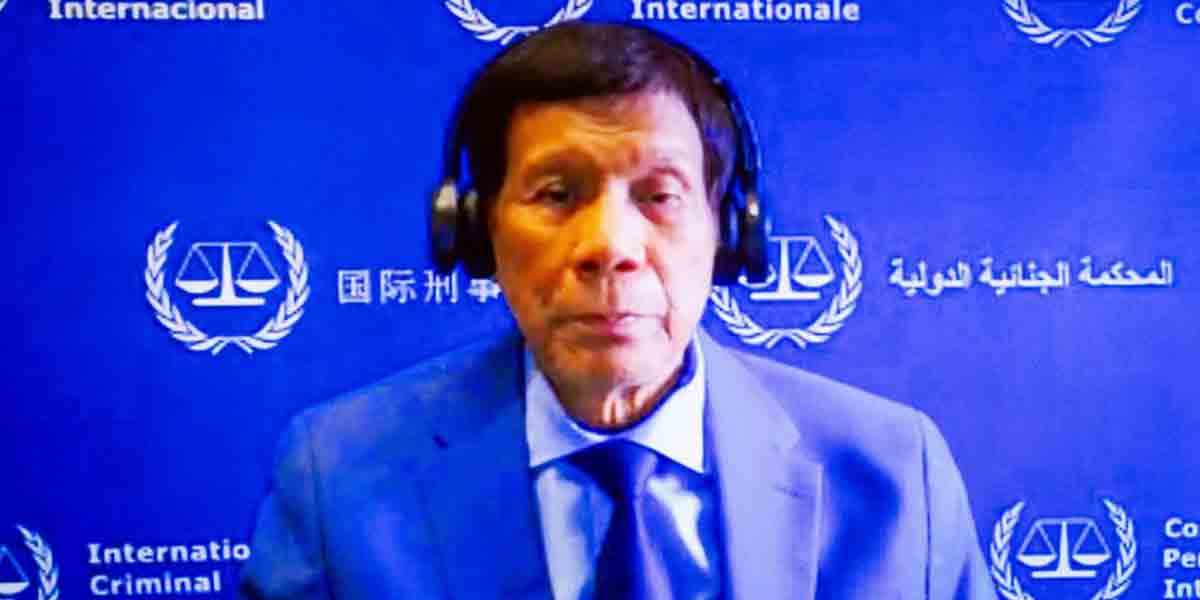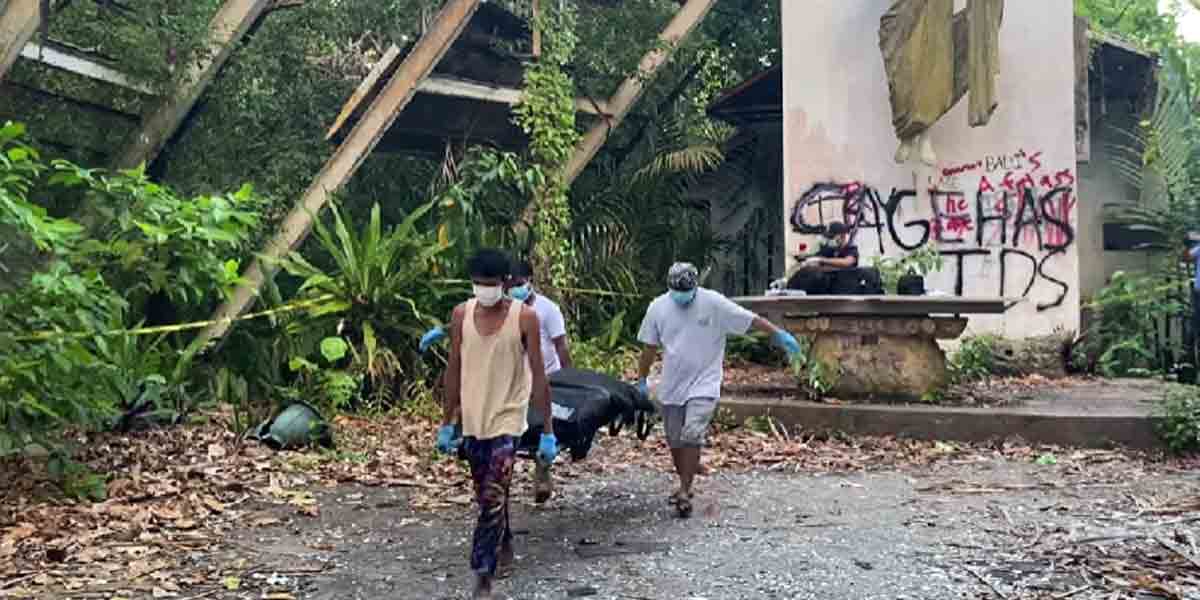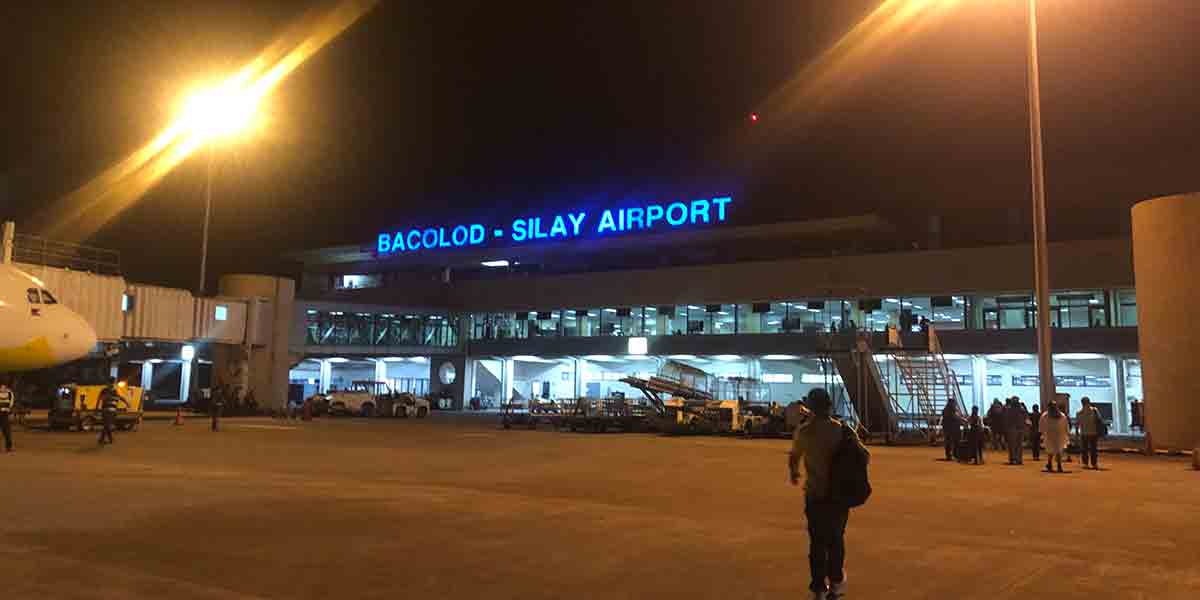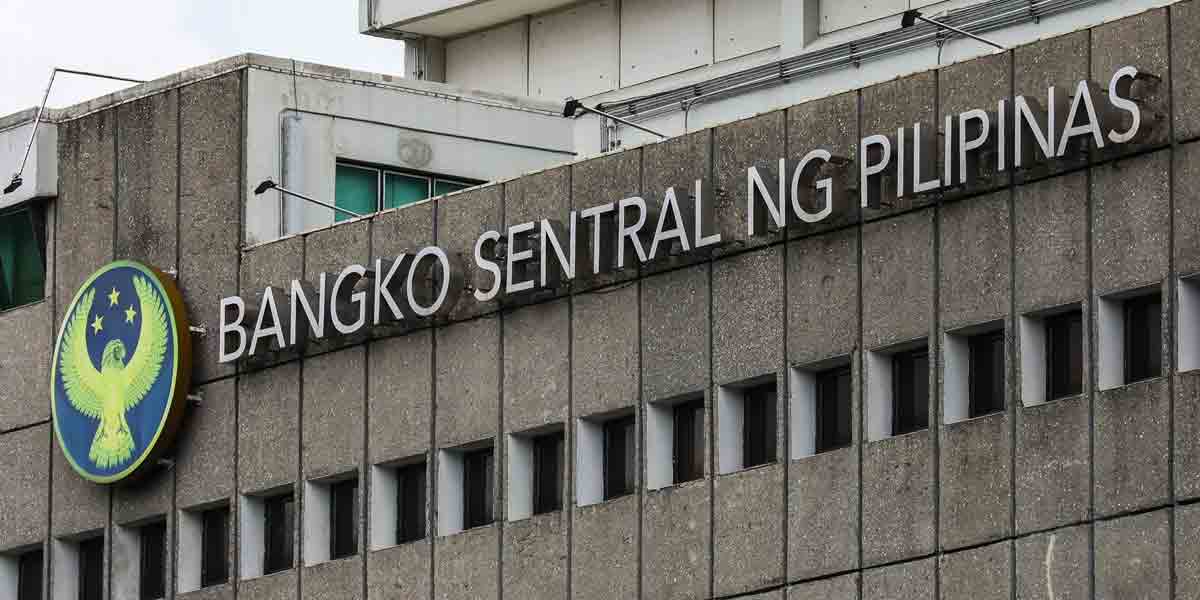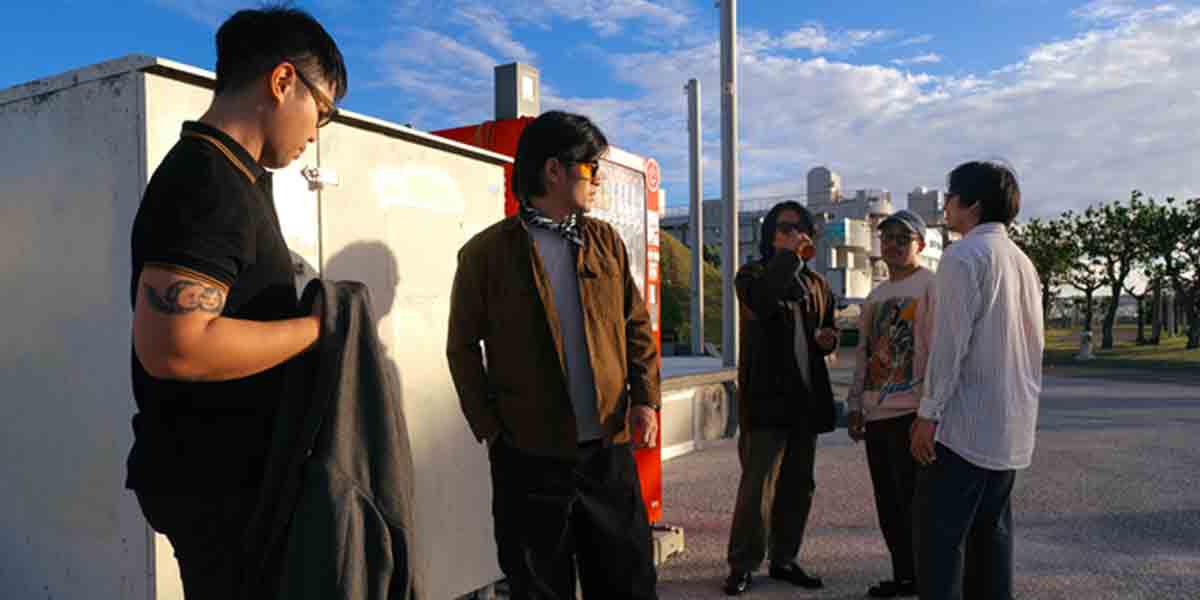 By Herbert Vego
By Herbert Vego
IT has been five months since March 17 when the government imposed various forms of community quarantines or lockdowns nationwide. We get dizzy familiarizing ourselves with abbreviations like GCQ, ECQ, MECQ, and MGCQ.
Have we “flattened the curve”? As of yesterday, the Philippines had hit a total number of 157,918 recorded cases of coronavirus disease (COVID-19), edging Indonesia (137,468) as the “epicenter” in Southeast Asia.
That is ironic because Indonesian president Joko Widodo had initially rejected public clamor to lock down Jakarta and other key cities for fear of economic downfall.
If it’s any consolation, as of yesterday our country had 2,600 COVID-caused deaths while Indonesia had more with 6,071.
Like Indonesia and the rest of the world, we have abided by the standard guideline recommended by the World Health Organization (WHO) to minimize the spread of the coronavirus: social distancing, face-masking and washing of hands.
If this were preventive enough on the ground that the coronavirus spreads only through respiratory droplets and aerosol, why has the world record now reached 21.5 million cases, of which 766,332 have died?
COVID-19 being a new disease, not even the “experts” can tell us exactly why. In fact, the skeptics among them fear that – no thanks to inaccurate “rapid” and “RT-PCR” tests — other minor cases like flu and pneumonia might have been mistaken for COVID.
The coronavirus disease was unknown before it broke out in Wuhan City, China in December 2019.
Take note that of the aforementioned 157,918 cases in our country, 2,600 have died and the rest have either recovered or still trying to recover.
It’s bad news, yes. But it defies the panicky public perception that it is incurable. As I have stressed in past columns, in a country of 110 million Filipinos, why blow the number of deaths out of proportion?
Who knows? More Filipinos must have died of other diseases resulting from hunger and malnutrition due to loss of jobs or any other sources of income.
The latest records from the Philippine Statistics Authority (PSA) show that a far bigger 57,200 Filipinos died of pneumonia in 2017. In fact, more than 1,500 Filipinos die daily of various diseases and other causes.
Short of waiting for a vaccine from China, Russia and the USA, do we have a chance of besting COVID?
The indisputable fact is that a human body with a strong immune system has the power to subdue bacteria and viruses it has been exposed to.
You must have seen on your cell phone that unofficial video presentation theorizing why Italy has ceased being the world’s COVID epicenter. With 253,438 total recorded cases as of yesterday, it has slid down to No. 17th, way below the now top-ranked United States with 5,526,045.cases
The reason given by the said presentation is that the respiratory specialists in Italy have found “the way” to treat the disease with antibiotics used to treat pneumonia. Their theory is that the patients’ lack of oxygen is caused by hard breathing due to inflammation of the respiratory tract.
Observers have also noted Canada’s success in slowing down infections. Its number of cases, 121,889, pales in comparison to our 157,918.
Yesterday I phones a Filipino nurse who used to be assigned at the COVID ward of the Jewish General Hospital in Quebec, Canada.
“There’s only one COVID patient left in that ward,” he enthused.
“How come?” I asked. “What did your doctors prescribe to them?”
He mentioned brands of broad-spectrum antibiotics usually prescribed for flu and pneumonia. China-manufactured medicine is discouraged.
This reminds me of a recent announcement from our Food and Drug Administration (FDA) — that it had approved the use of the Chinese medicine Lianhua Qingwen “to help remove heat toxin invasion of the lungs, including symptoms, such as fever, aversion to cold, muscle soreness, stuffy and runny nose.”
The Chinese embassy said in a statement that the medicine would “contribute to the fight against the spread of COVID-19.”
Of course, we don’t have to patronize that. We know that the only long-lasting “product” from China is COVID-19. The disease was unknown before it broke out in Wuhan City, China in December 2019.
On the other hand, alas, our local scientists have invented anti-viral drugs that the FDA — notably the “Fabunan anti-viral” – has overlooked. May aw may ginahulat ayhan?.
“Is Lagay their guy?”
-oOo-
MORE Electric and Power Corp. (MORE Power) has been operating as power-distribution franchisee for Iloilo City in only six months, but it has already shown marked speed and 24/7 efficiency in its role of distributing electricity to 65,000 commercial and residential users.
The enormity of that number has somehow caused delays in the delivery of bills and replacement of meters, but these are matters that do not result in disconnections.
For maximum comfort, MORE Power has rented the air-conditioned ballroom of Hotel del Rio as payment center for customers and power applicants. Among the amenities available to them for free are coffee and purified water.
A band of Ilonggo singers and musicians entertain them during peak business hours, between 10 and 12 a.m., and 2 and 4 p.m.
The ultimate goal is to “modernize” within three years, to borrow one word from the company president, Roel Z. Castro. He counts on the capability of his chosen subordinates to play their assigned roles.
One such chosen one is Ariel “Aye” Castañeda — formerly head the Local Economic Enterprise Office (LEEO) of the local government of Iloilo City – who is now in charge of MORE Power’s I-Konek department. It is tasked to receive new connection applicants, including transforming power pilferers into paying subscribers.
Castañeda’s office has been swamped with such applicants, now approaching 5,000 and counting. An estimated 30,000 of them used to be illegally connected to the previous utility, Panay Electric Co. (PECO) using “jumpers”. Their unmetered consumption is charged to “system’s loss” prorated among paying customers.
They have no choice but “legalize” due to stiff penalty imposed by the Philippine government on power pilferage. Power pilferage is a criminal act punishable by reclusion temporal (imprisonment of 12 years and 1 day to 20 years) or a fine ranging from P50,000 to P100,000 or both in accordance with RA 7832.
By legalizing, they eliminate the danger of being charged in court.
President Castro told this writer that all five of their substations would be upgraded and increased to three more. This means that each of the seven districts – Jaro, La Paz, Lapuz, Molo, Arevalo, City Proper and Mandurriao – would have one. The extra eighth would reinforce Mandurriao’s because the district is burgeoning as the new business center.
MORE Power is prepared to spend at least P1,8 billion in its modernization program within three years.
Dapat lang dahil the company would be with us for 25 long years.

